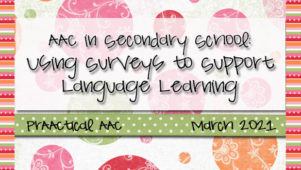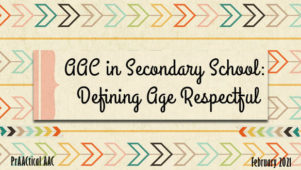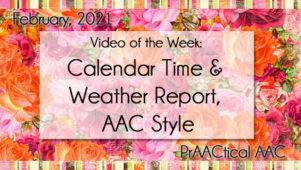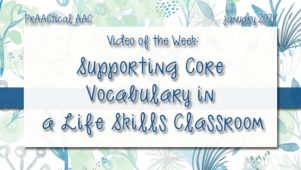10 References Supporting AAC Use in Inclusive Settings
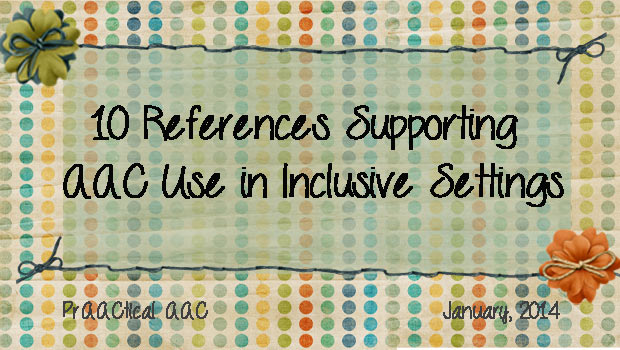
We sometimes get contacted by colleagues who are looking for references supporting the use of AAC. Here are some that are specific to inclusive settings in schools and in the community.*
- Alquraini, T., & Gut, D. (2012). Critical components of successful inclusion of students with severe disabilities: Literature review. International Journal of Special Education, 27(1), 42-59.
- Balandin, S., & Duchan, J. (2007). Communication: Access to inclusion. Journal of Intellectual and Developmental Disability, 32(4), 230-232.
- Batorowicz, B., Mcdougall, S., & Shepherd, T. A. (2006). AAC and community partnerships: The participation path to community inclusion. Augmentative and Alternative Communication, 22(3), 178-195.
- Calculator, S. (2009). Augmentative and alternative communication (AAC) and inclusive education for students with the most severe disabilities. International Journal of Inclusive Education, 13 (1) 93-113.
- Carter, M., & Maxwell, K., (1998). Promoting interaction with children using augmentative communication through peer-directed intervention. International Journal of Disability, Development, and Education 45(1) 75-96.
- Daugherty, D., Daugherty, P., Downey, D., & Helt. S. (2004). Integrating AAC into the classroom: Low-tech strategies. The ASHA Leader, 6-7, 36.
- Johnston, S.S, McDonnell, A.P. & Nelson, C. (2003). Teaching functional communication skills using augmentative and alternative communication in inclusive settings. Journal of Early Intervention 25, 263-280.
- Kent-Walsh, J., & Light, J. (2003). General education teachers’ experiences with inclusion of students who use augmentative and alternative communication. Augmentative and Alternative Communication,19(2), 104-124.
- Soto, G., Müller, E., Hunt, P., & Goetz, L. (2001). Professional skills for serving students who use AAC in general education classrooms: A team perspective. Language, Speech, and Hearing Services in Schools, 32(1), 51.
- Soto, G., Müller, E., Hunt, P., & Goetz, L. (2001). Critical issues in the inclusion of students who use augmentative and alternative communication: An educational team perspective. Augmentative and Alternative Communication,17(2), 62-72.
:::::::::::::::::::::::::::::::::::::::::::::::::::::::::::::::::::
* Unfortunately, we do not have permission to reprint or share the actual articles.
Filed under: PrAACtical Thinking
Tagged With: community integration, education, inclusion, references, research, schools
This post was written by Carole Zangari

